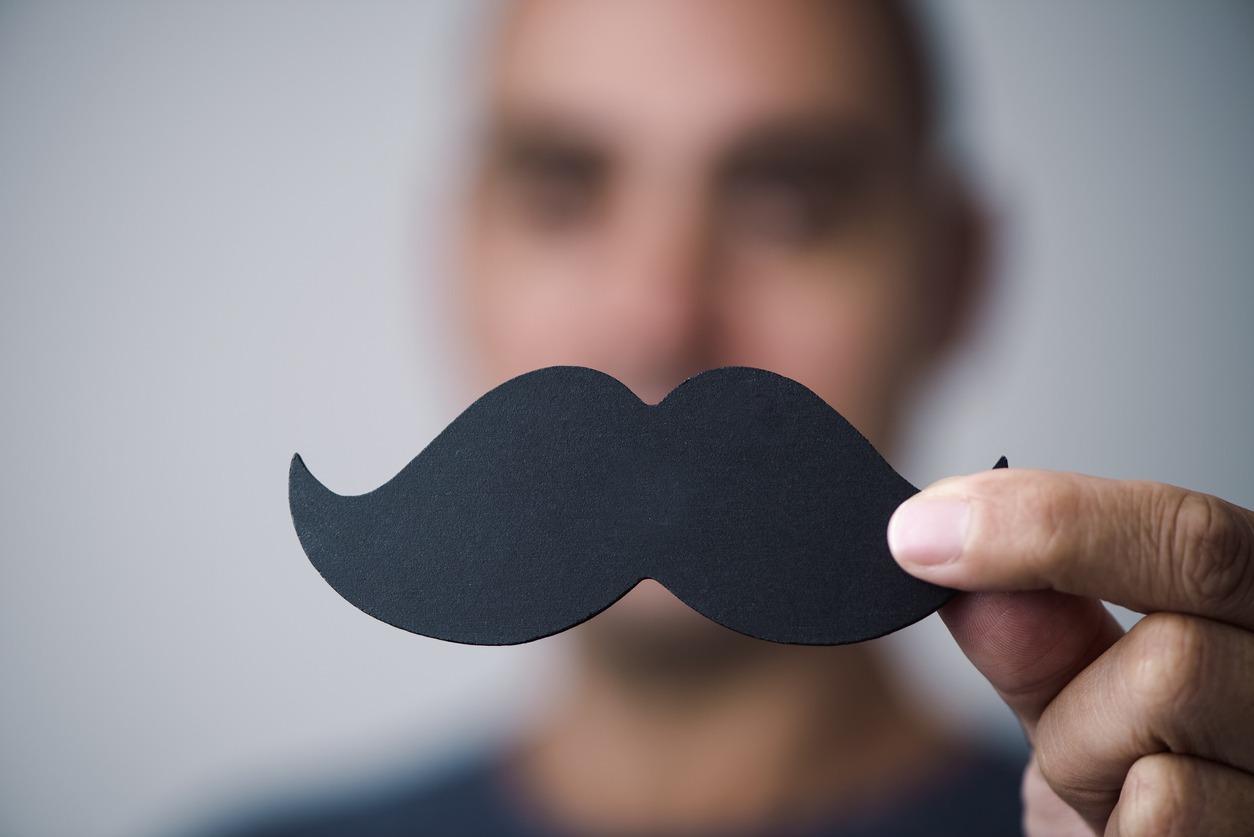Wearing a well-maintained mustache is something men are proud of. Men prefer to have a mustache for different reasons, whether classy or not. It can be about showing a fashion statement or style or portraying a more masculine look to the public.
Whatever their motivations, men wear mustache that suits their needs. By applying some mustache wax and hair trimmers, you can already make different styles for your mustache. Others who are affluent enough can pick their stylish. However, there are still many men who just do experiments on their mustache until they can find a perfect one for shaping a mustache.
Growing a mustache requires determination and patience. It is entirely a personal journey and a struggle to maintain it, mainly if you belong to a certain group that is known to pressure people to follow certain traditions or beliefs.
Despite societal pressure, men are always empowered to pick the style of their mustache according to their wish. To those who want to wear Lampshade of Chevron style, it will be done early on with little effort.
“If the goal is a small, pencil-thin mustache, this can be achieved quickly but requires frequent maintenance. However, if a man longs for a big, curled Imperial moustache, then the affair becomes a true test of his character,” reads the recommendation from the mustache experts at Bespoke Unit.
On the other hand, the traditional Handlebar moustache is considered to be an exasperating mustache style to maintain. Yet as you continue to plan carefully for your desired mustache, you also need to work on the regular grooming, trimming, and shaping of your mustache.
When it comes to trimming your mustache, author Jeel Patel maintained that “trimming a mustache is an important part of the grooming routine, especially when you want to look good and keep your mustache tidy.”
“You need to consider the following factors, like which tools to use, what hair length to trim, and how to shape them. Besides, mustaches need proper care, which is possible with the use of products available for mustaches,” Patel advised.
The Amazing History Of The Moustache
The history of mustaches started when researchers traced shreds of evidence of large mustaches, at least in 300BC in what present-day Iran is. A portrait of Scythian horseman was unearthed and dated. The portrait showed a large moustache that was curled at the tip.
On the other hand, traces of the Handlebar mustache style were recorded among Iron Age Celts. Accordingly, the style also influenced the Northmen, like the Gauls and the Vikings.
For the Merovingian kings, they looked at the mustache part of their beards to have immense symbolic importance. This tradition was passed on to the time of Charlemagne.
The Handlebar mustache styles were seen among the Saxons, while the Nomans were primarily clean-shaven.
19th Century Mustaches
The rebirth of large mustaches was seen among the British during the 19th Century, particularly during Napoleonic Wars.
In India, which the British government once controlled, the large mustaches also influenced the styles of the Britons. Based on the Indian tradition, wearing large mustaches is a sign of masculinity. The Britons copied this style to not feel insecure over the masculinity of the Indian soldiers and men who were under their rule.
In this manner, the rulers in British adopted the native look instead of the clean-shaven face. They had whiskers to command attention and to display their dominion over others.
This style was soon spread throughout the British people. Interestingly, the other affluent British people looked down and criticized this mustache’s popularity in the 1830s.
Many looked at Handlebar mustaches as “vulgar clevers” and “capillary decorations” and “vulgar clevers”, which all reflected the mustache styles of their mortal enemies, the French.
During the mid-19th Century, the Handlebar mustaches gained immense popularity and were eventually adopted by many men around the globe.
Americans admired the Handlebar mustache compared to the Imperial beard.
Many historical figures in Wild West sported the Handlebar mustaches. These legendary individuals include Buffalo Bill, Wyatt Earp and his brothers, and Doc Holiday, among others.
20th Century Mustaches
The coming of the 20th Century saw the popularity of uniform mustaches that depicted the industrial period.
“Social classes divided through their choices in facial hair. Aristocrats favored their large Imperial styles whilst the working class chose more reserved moustaches due to working conditions and practicality,” according to the experts at Bespoke Unit.
With the emergence of trench combat during wartime, many men started to adopt smaller mustaches. This happened because army officers who wore Handlebar mustaches found it difficult to wear their air-tight gas masks. So, their last recourse is to shave their mustache or make it smaller.
After seeing the convenience and popularity of small mustaches, many civilians also followed.
Most mustaches were small Pyramidal and Pencil styles in the 1920s up to the 1940s.
Different mustache styles became a hit in the mid-part of the 20th Century. In the 1980s, many music artists wore Horseshoe and Big Chevron mustaches. When the 1990s came, these mustache styles slowly faded.
In 2004, the mustache craze made a comeback, courtesy of the so-called Movember.
“The movement started with self-conscious baby steps. Men began wearing mustaches again using the guise of a (noble) charitable act to justify it,” according to the mustache aficionados at the Bespoke Unit.
“Every ensuing Movember has witnessed the mustache receives another boost in popularity and many hirsutely challenged men can be seen starting to cultivate their growth several months in advance,” added Lucinda Hawksley, who wrote a book entitled “Moustaches, Whiskers and Beards.”
“But how long will the mo-fest last? History has shown that facial hair fashions can be as mercurial as the platform shoe and high-waisted trousers, but for the moment the mustache is well and truly back,” Hawksley penned.
As years went by, many men found liberty and convenience in picking whatever mustache styles they wanted to wear.
Jonathan Wells, of Gentleman’s Journal, also posed this question: Does it (mustache) make you more of a man?
“The short answer is no. Despite those Hungarian Hussars wearing moustaches to look more tough, and Indian fighters brushing up to appear more manly, there is no correlation between virility, fertility and how good a moustache you can muster,” Wells wrote.
Thus, men no longer think much about whether they fit or not in a certain group or tradition with the way they maintain their mustache nowadays. Any mustache style is good for them as long as it looks good on them, too! The judgment from the people around them no longer matters a lot.

